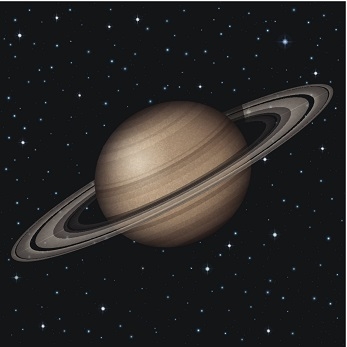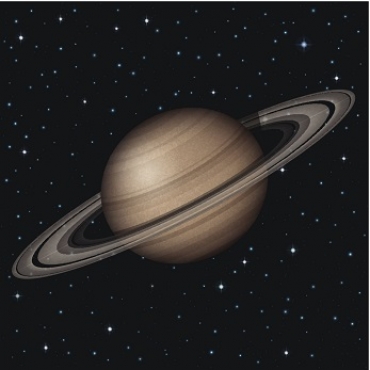
 Have you ever wondered what lies beyond the dark side of the moon? Or pondered The Great Red Spot of Jupiter? Or wondered if there was, indeed, life outside the earth? Travel from the Sun to the far-out reaches of Neptune as spectacular series Seven Wonders of the Solar System explores the very latest breath-taking images sent directly from space.
Have you ever wondered what lies beyond the dark side of the moon? Or pondered The Great Red Spot of Jupiter? Or wondered if there was, indeed, life outside the earth? Travel from the Sun to the far-out reaches of Neptune as spectacular series Seven Wonders of the Solar System explores the very latest breath-taking images sent directly from space.
Seven Wonders of the Solar System will air on Discovery Science, starting January 18, Monday to Friday at 10 PM.
Combing dramatic CGI with the very latest scientific information beamed back from the fleet of probes, rovers and telescopes currently in orbit, delve into an alien world where giant ice fountains rise to over 100km and immense volcanoes capable of ripping a planet apart dominate the landscape. This imagery will be the launch pad for a stunning journey to the planets and moons beyond our world, finding the biggest, most bizarre and most powerful natural phenomena. Take a close look at seven of the most astonishing wonders of our solar system, such as the geysers of Enceladus; Saturn’s majestic rings; Jupiter’s awe inspiring Great Red Spot; scale the heights of Olympus Mons on Mars; and more.
Seven Wonders of the Solar System explores how these previously unseen spectacles have dramatically expanded our horizons, revealing more about the formation of planets and their moons. The series also looks at the big picture – how the forces of nature carved out beauty and order from the chaos of space; how our home planet doesn’t sit in magnificent isolation but is intimately connected with the rest of the Solar System; and how these connections have created the haven we call Earth.
Episode Synopsis:
The Rings of Saturn – Of all the wonders of the solar system, none are quite as amazing as the rings of Saturn. Saturn, the second largest planet in our solar system, is not the only world with rings – Jupiter, Uranus and Neptune have some too – but Saturn’s are by far the most visible and spectacular.
The Surface of the Sun – The sun is the heart of the solar system and almost all life on earth gets its energy from the radiation coming from its 10,000 degree surface.
The Asteroid Belt – The planet that never was: Sometimes finding something missing can be as intriguing as discovering something that’s there.
Enceladus – A liquid ocean in the strangest place, a moon orbiting the planet Saturn, may harbor the only life in our solar system outside of the Earth.
Olympus Mons – The Mega-Volcano – In 2013 scientists announced a startling discovery: At the bottom of the Pacific Ocean they had discovered a gigantic volcano. This inactive behemoth rises 2 miles up from the ocean floor and has a base about 400 miles wide. As massive as this volcano is, however, it is only the second largest one in our solar system. That particular accolade belongs to Olympus Mons on the planet Mars.
The Great Red Spot of Jupiter – Long the most well-known feature of our solar system’s biggest planet, what is this gigantic, crimson oval and is it about to disappear?
The Oceans of Earth – Of all the acknowledged worlds both in our solar system and circling distant stars, Earth is the only planet known to have liquid oceans of water on its surface. And it’s probably no coincidence, either, that our world is the only planet we know of that also harbors life.
